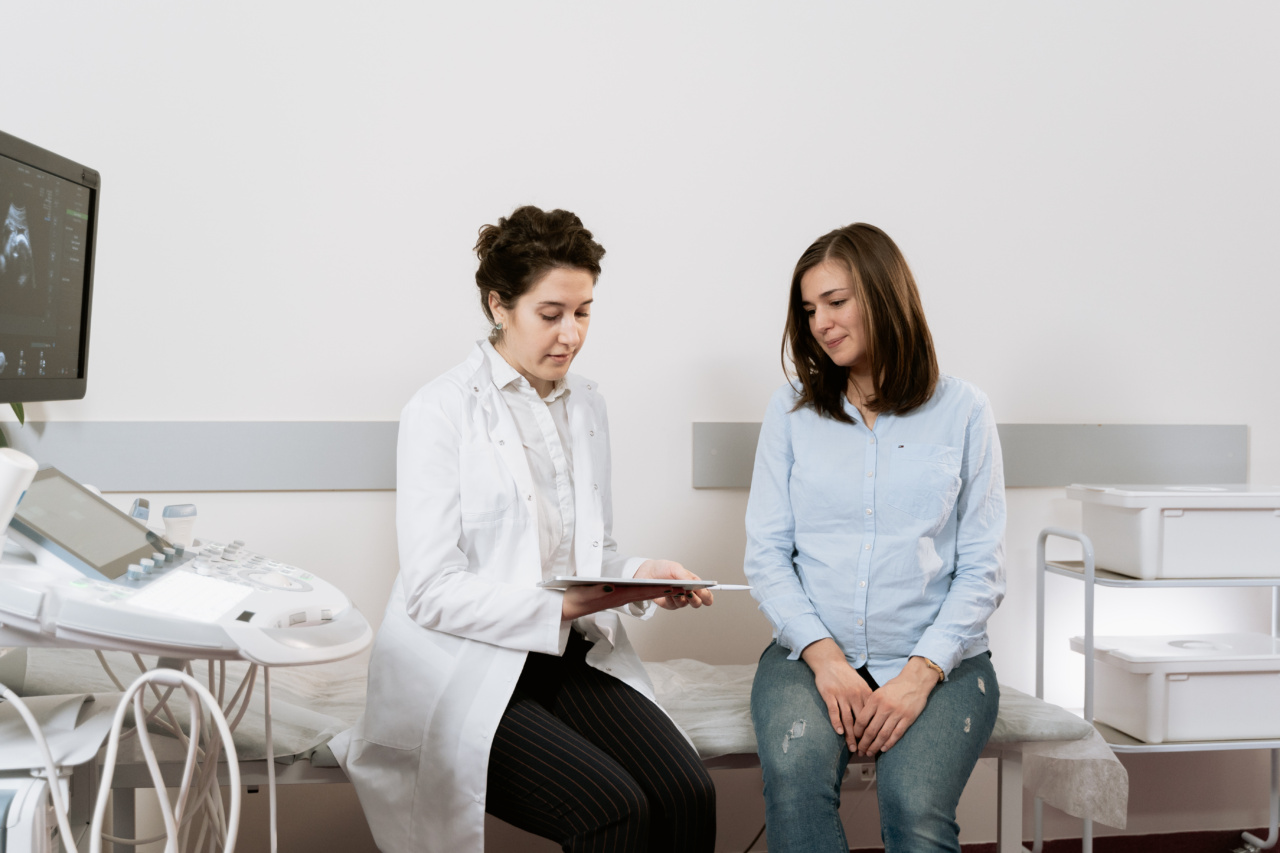Pregnancy tests play a crucial role in confirming whether a woman is pregnant or not. They are reliable tools that help millions of women across the globe to determine their pregnancy status accurately.
However, despite their widespread use, there are still several misconceptions surrounding pregnancy tests. This article aims to debunk common myths and provide you with the essential information you need to know about pregnancy tests.
Types of Pregnancy Tests
There are two primary types of pregnancy tests: urine tests and blood tests. Urine tests, also known as home pregnancy tests, are the most common and convenient option for women to use in the comfort of their own homes.
Blood tests, on the other hand, are conducted in a medical setting such as a doctor’s office or clinic.
Urine Tests: When and How to Take Them
Urine tests are designed to detect the presence of the human chorionic gonadotropin (hCG) hormone in a woman’s urine.
This hormone is produced by the placenta shortly after implantation occurs, which is typically around six days after fertilization.
Most urine tests are highly sensitive, and some even claim to provide accurate results even before a missed period. However, for the highest level of accuracy, it is recommended to wait until the first day of your missed period to take a urine test.
This is because hCG levels rise rapidly during early pregnancy, and waiting until after a missed period helps to avoid false negative results.
To take a urine test, simply follow the instructions provided with the test kit. Typically, you will need to collect a urine sample in a cup or hold the test stick under a stream of urine.
After a few minutes, the test will indicate whether you are pregnant or not through colored lines, symbols, or words.
Blood Tests: When and Why They Are Conducted
Blood tests, also known as serum tests, are carried out in a clinical setting and offer two different types: qualitative and quantitative.
Qualitative blood tests detect the presence of hCG in the blood, similar to urine tests. These tests can accurately confirm pregnancy as early as 10 days after conception.
Quantitative blood tests, on the other hand, measure the exact amount of hCG present in the blood. These tests are often used to monitor hCG levels during pregnancy or to identify potential issues such as ectopic pregnancies.
In most cases, blood tests provide the most reliable and accurate results compared to urine tests. However, due to their slightly invasive nature and the need for a healthcare professional, they are less commonly used for routine pregnancy testing.
Accuracy of Pregnancy Tests
When used correctly and at the appropriate time, both urine and blood tests are highly accurate in determining pregnancy. However, there are several factors that can affect the accuracy of the results.
False positives and false negatives are the two main types of errors associated with pregnancy tests. False positives occur when a test indicates a positive result, even when the woman is not pregnant.
This can happen due to the presence of certain medications, such as fertility drugs, or medical conditions like ovarian tumors. False negatives, on the other hand, happen when the test indicates a negative result despite the woman being pregnant. This can occur if the test is taken too early, before hCG levels have reached a detectable amount.
To obtain the most accurate results, it is crucial to carefully follow the instructions provided with the test kit. Taking the test too early or incorrectly can lead to inaccurate results.
If you receive unexpected results or are unsure about the outcome, it is advisable to consult with a healthcare professional.
Understanding Early Pregnancy Detection
Many women are eager to find out if they are pregnant as soon as possible. The advancement of technology has led to the development of early pregnancy detection tests, which claim to provide accurate results even before the expected period.
While some tests can detect pregnancy as early as six days before the missed period, it is important to note that the accuracy of these tests may vary.
The level of hCG in the body during early pregnancy can differ among women, and not all tests can detect lower levels of hCG. Therefore, taking an early detection test too soon may result in a false negative. To maximize the accuracy of early detection tests, it is recommended to wait until the first day of the missed period.
Common Pregnancy Test Myths
There are various misconceptions surrounding pregnancy tests that can lead to confusion or unnecessary worrying. Here are a few common myths debunked:.
Myth 1: A faint line means you are not pregnant
False. Even a faint line is considered a positive result. It indicates the presence of hCG in your body, which indicates pregnancy. The intensity of the line may vary depending on the sensitivity of the test or the concentration of hCG in your urine.
Myth 2: You need to take multiple tests to confirm pregnancy
False. In most cases, one correctly taken pregnancy test is enough to confirm pregnancy.
Repeated testing is not necessary unless you receive an inconclusive result or are experiencing symptoms that may indicate an ectopic pregnancy or other complications.
Myth 3: Drinking certain fluids can affect the test results
False. There is no scientific evidence to suggest that consuming fluids such as water, tea, or coffee can impact the accuracy of a pregnancy test. These beverages will not interfere with the detection of hCG in your urine.
Myth 4: A negative result means you can’t be pregnant
False. Taking a pregnancy test too early or incorrectly can result in a false negative.
If you believe you may be pregnant despite a negative result, it is advised to wait a few days and take another test using your first-morning urine, which typically has higher levels of hCG.
Understanding Pregnancy Symptoms
Pregnancy tests play a vital role in confirming pregnancy, especially in cases where symptoms may not be apparent.
However, it is important to note that not all women experience typical pregnancy symptoms, and symptoms can vary widely from person to person.
Some common early pregnancy symptoms include missed periods, breast tenderness, fatigue, nausea, frequent urination, and mood swings. However, these symptoms can also be caused by other factors such as hormonal fluctuations or illness.
Therefore, it is important not to rely solely on symptoms and to use a pregnancy test for accurate confirmation.
Consulting a Healthcare Professional
If you have taken a pregnancy test and received a positive result, it is advisable to schedule an appointment with a healthcare professional.
They can confirm your pregnancy and provide the necessary guidance and support throughout your pregnancy journey.
Additionally, if you have concerns about your test results or are experiencing symptoms that may indicate complications, it is important to consult a healthcare professional as soon as possible.
They can provide the appropriate medical advice and guide you through any necessary further testing.
Conclusion
Pregnancy tests are an important tool for women to confirm their pregnancy status.
Understanding the different types of tests, when to take them, their accuracy rates, and dispelling common myths allows for a clearer understanding of the truth about pregnancy tests. Remember to carefully follow the test instructions, wait until the appropriate time to take the test, and consult with a healthcare professional if you have any doubts or concerns.
Accurate and reliable results will help guide you through your pregnancy journey with confidence.



























